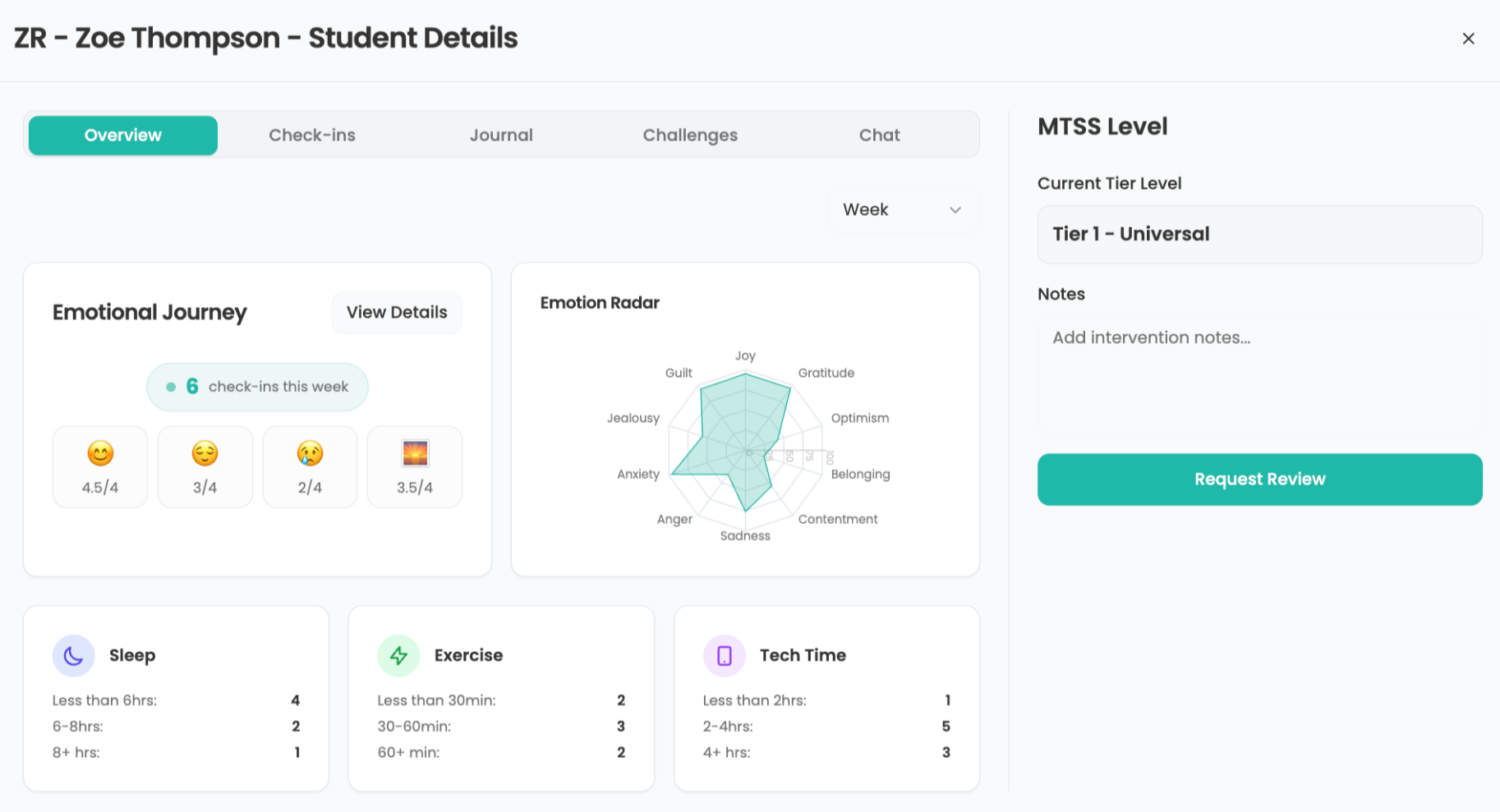5 Tips for Online Tutoring Based on New Research
Matthew Kraft, a professor at Brown University, shares some best practices for implementing online tutoring programs based on his recent research.

High dosage online tutoring is an increasingly popular intervention at schools across the U.S. Proponents hope it can increase student access to tutoring and help overcome pandemic disruptions to learning.
U.S. Secretary of Education Miguel Cardona said recently that students who have fallen behind during the pandemic should receive 90 minutes of high-quality tutoring each week and a recent analysis from Burbio showed that approximately one-third of districts plan to spend relief funds on tutoring.
While in-person high-dosage tutoring has been shown to improve student learning in multiple studies, the extent that this translates to online tutoring is not as well researched. However, a recent pilot study of online tutoring in which college students volunteered as tutors and were paired with middle school students in Illinois found consistently positive effects of online tutoring on student achievement, though these effects were smaller than had been seen for in-person tutoring.
Matthew Kraft, a co-author of the study and associate professor of Education & Economics at Brown University, shared the following five tips for school leaders on how best to implement online tutoring in accordance with the best evidence currently available. However, he stressed more research is necessary and there is no one-size-fits-all “magic formula.”
1 - Have Consistent Tutors and Frequent Sessions Over A Long Period in Online Tutoring
“It's advantageous to have tutoring be a sustained relationship between the same tutor and the same student,” Kraft says. “You want them to meet regularly, a couple of times a week, over a long period of time.
Part of what seems to make in-person tutoring so effective is the tutor-to-student relationship that forms in successful tutoring situations, so online tutoring programs should try and replicate that as much as possible. Some online tutoring providers have been criticized for not doing so and instead pairing students with different tutors each session.
In addition to fostering a sustained relationship between the same student and tutor, the duration and frequency of tutoring sessions appear to be significant. “We hypothesize that the length of tutoring, the duration matters a lot, as well as the kind of weekly dosage,” Kraft says.
Tools and ideas to transform education. Sign up below.
2 - Have Online Tutoring Take Place During the School Day
While some third-party online tutoring programs tout the 24/7 availability of tutors, Kraft advises focusing tutoring on the school day, which helps ensure equitable access to tutoring. “There's good reason to suspect that the types of tutoring programs that are on-demand and available for students to take advantage of [anytime] might benefit those students who are already doing fairly well in school because they may be more able and more confident in their ability to call someone up and say, ‘I've got a specific question. I know I'm confused,’” Kraft says. “That might be beneficial. It likely is, but it would potentially have inequitable consequences for student outcomes with the students who most need individualized instruction and support and are least willing and able to take advantage of those additional services.”
3 - Give Online Tutors Ongoing Training
“You want to find an opportunity to support tutors through professional development, and ongoing on-the-job learning,” Kraft says. “You want to scaffold or work with high-quality instructional materials that, ideally, are aligned with the instruction that students are receiving during their traditional classes.”
While in a perfect world professional tutors might be the best option, they may not always be necessary. Part of what is so encouraging about Kraft and his colleagues’ recent research is that it was a low-cost model utilizing college student volunteers as tutors.
4- Make Sure Terminology Around Online Tutoring Is Defined
Many companies offer online tutoring to districts but since the terminology around tutoring is not universally agreed upon misunderstandings can occur.
“I would be wary of an online tutoring program that says, 'We offer high-dosage tutoring,' without explaining exactly what they think that means and how they're delivering it,” Kraft says. “High-dosage tutoring has become a buzzword that I think is often used to describe very different models of tutoring.”
Kraft’s says high-quality, high-dosage tutoring programs tend to include the following characteristics:
- high-dosage delivery (i.e., three or more sessions per week of required tutoring);
- a stated focus on cultivating tutor-student relationships;
- use of formative assessments to monitor student learning;
- alignment with the school curriculum;
- formalized tutor training and support.
5 - Be Realistic About Online Tutoring’s Potential
Kraft says school leaders and other education stakeholders should be clear-eyed about online tutoring’s potential and the results of the study he and his colleagues conducted.
“It's encouraging because, despite the fact that this was a pilot program, during the height of some of the most challenging times of this pandemic, we found positive and meaningful estimates,” he says. But there’s also the reason for caution because these improvements, “were not as large as many of the effects we saw in prior studies of in-person tutoring before the pandemic.”
There are also challenges to implementing online tutoring at the scale that is likely necessary, especially given the labor shortage that already exists within education. “We learned there's a lot of potential for online tutoring,” Kraft says. “But at the same time, we also see that we can't expect the moon and the stars and there are challenges that exist to implementing high-quality, high-dosage tutoring.”
Erik Ofgang is a Tech & Learning contributor. A journalist, author and educator, his work has appeared in The New York Times, the Washington Post, the Smithsonian, The Atlantic, and Associated Press. He currently teaches at Western Connecticut State University’s MFA program. While a staff writer at Connecticut Magazine he won a Society of Professional Journalism Award for his education reporting. He is interested in how humans learn and how technology can make that more effective.

